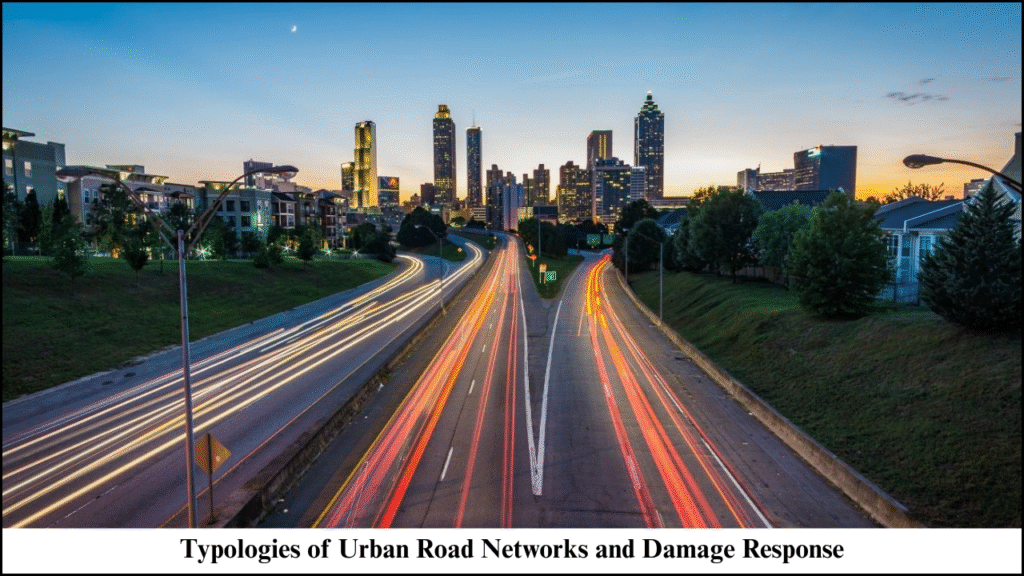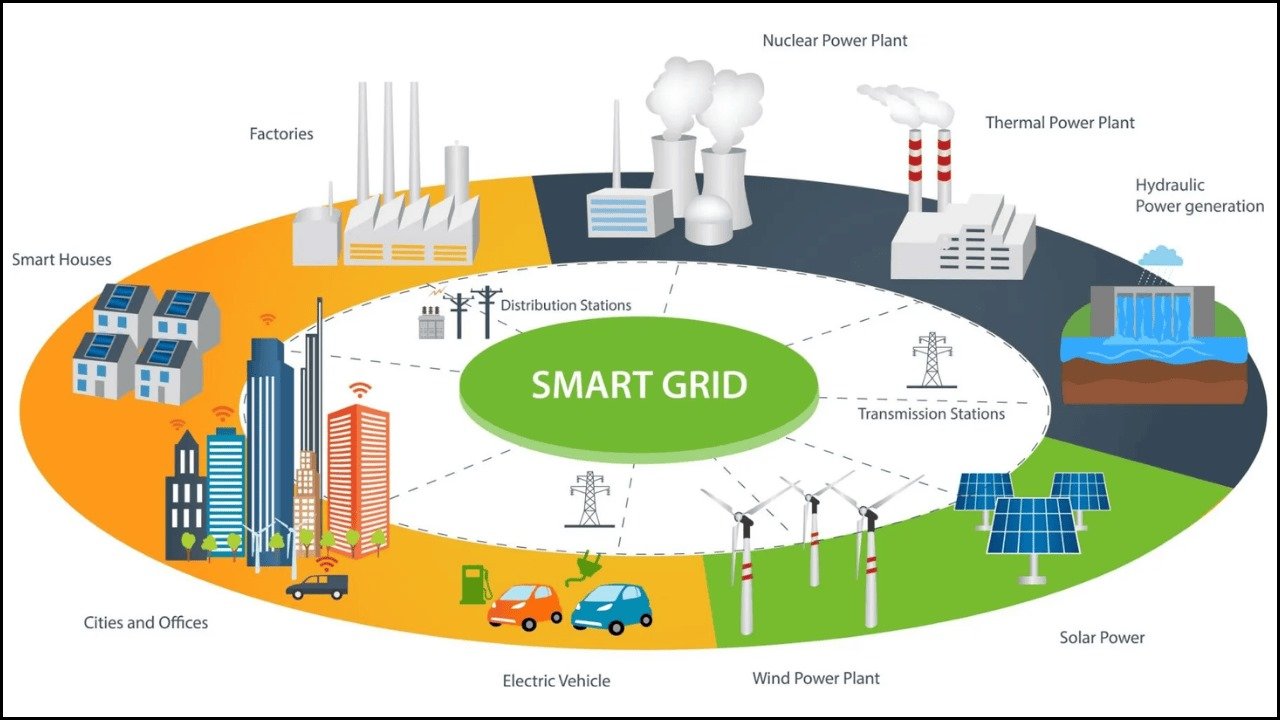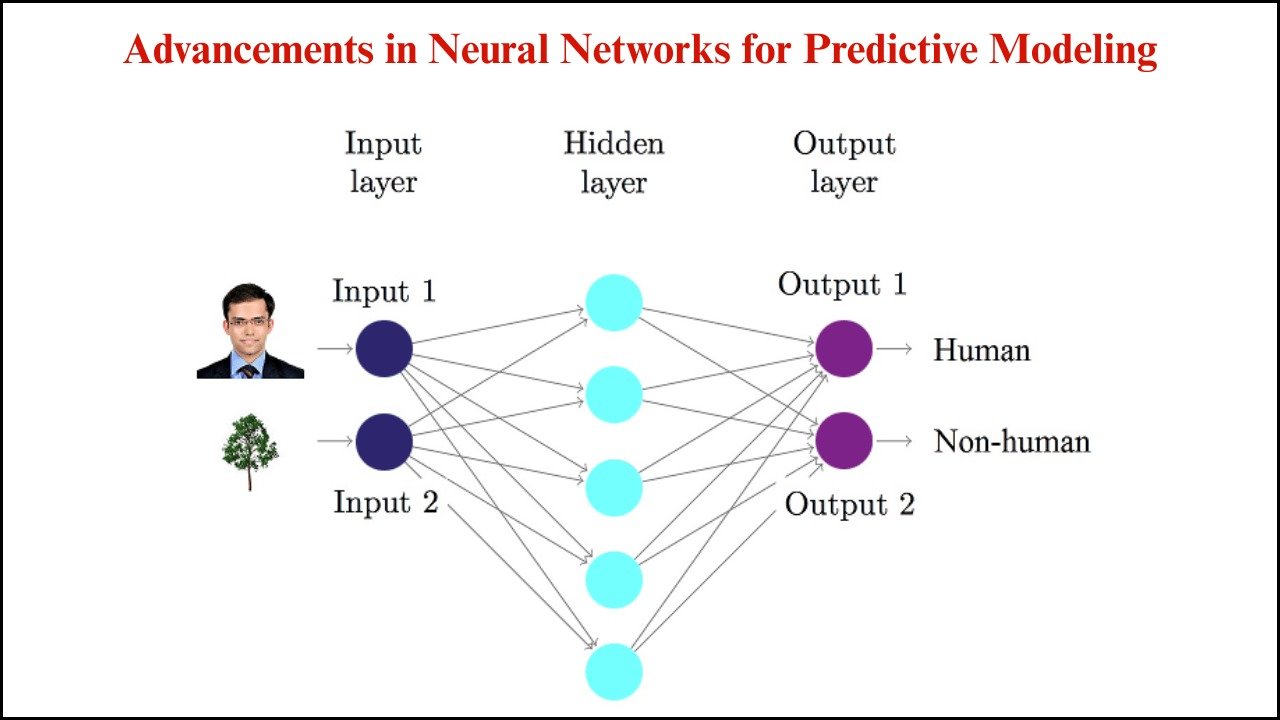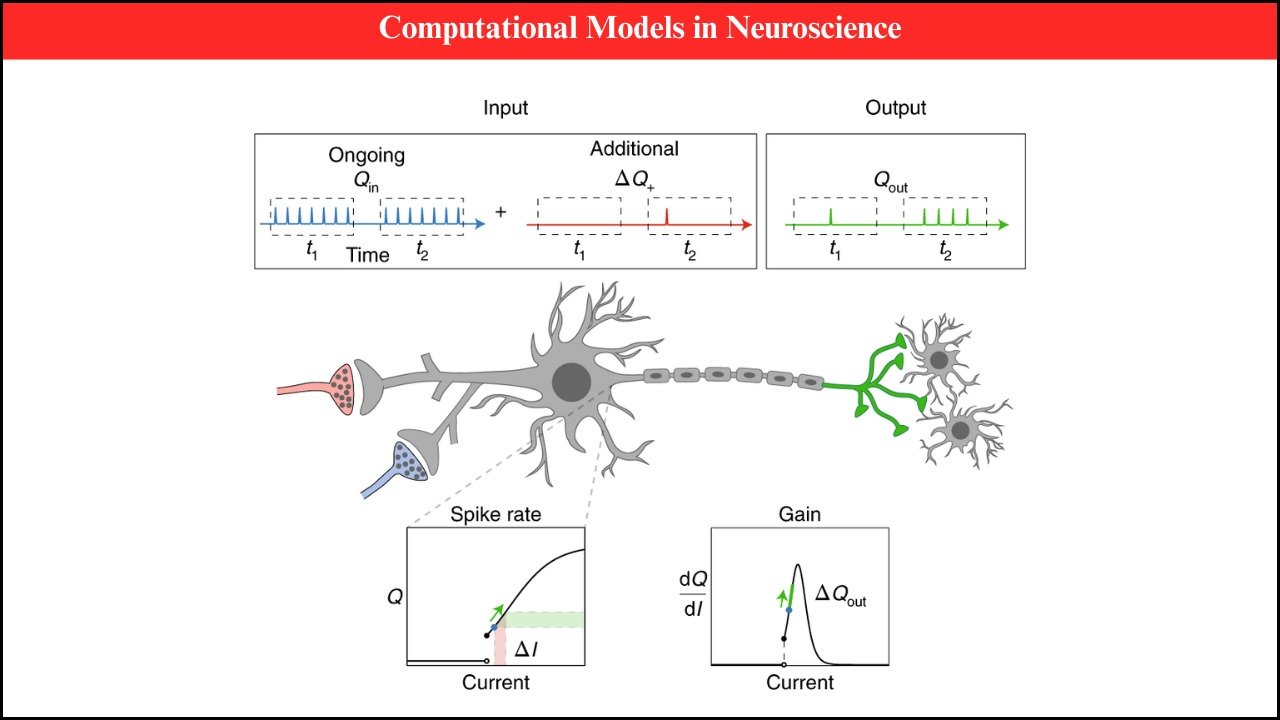
Urban road networks form the backbone of city infrastructure, influencing mobility, accessibility, and resilience. Different typologies of road networks, including grid, radial, and organic layouts, exhibit distinct patterns of traffic flow, congestion, and vulnerability to damage. Understanding these typologies is essential for designing effective damage response strategies, minimizing disruptions, and maintaining urban functionality during emergencies. This article explores the characteristics of urban road network types, assesses their vulnerability, and discusses strategies for damage response and infrastructure resilience.
Table of Contents
Types of Urban Road Networks
- Grid Networks: Characterized by perpendicular intersections and uniform blocks, promoting redundancy and multiple route options.
- Radial Networks: Designed around a central hub with roads radiating outward, common in historical cities or administrative centers.
- Organic Networks: Irregular patterns shaped by historical growth, natural terrain, or socio-cultural factors.
- Hybrid Networks: A Combination of grid, radial, and organic features, adapting to local conditions and urban planning goals.
| Network Type | Characteristics | Advantages | Disadvantages |
|---|---|---|---|
| Grid | Uniform intersections and rectangular blocks | High connectivity, easy navigation | Congestion at intersections requires larger land |
| Radial | Roads radiate from a central point | Efficient access to central areas | Vulnerable to hub disruption |
| Organic | Irregular layout | Adapts to terrain, historical growth | Difficult navigation, limited redundancy |
| Hybrid | Mix of multiple patterns | Balances connectivity and adaptability | Complex design, variable efficiency |
Traffic Flow and Vulnerability Analysis
- Connectivity and Redundancy: Grid networks allow alternate routes, reducing the impact of localized road damage.
- Centralization Risks: Radial networks are highly dependent on the central hub; damage near the hub can severely disrupt traffic.
- Complexity Challenges: Organic networks may have unpredictable traffic patterns, making damage response planning difficult.
- Hybrid Resilience: Combining network typologies can enhance resilience by offering multiple alternatives for rerouting traffic.
Damage Response Strategies
- Assessment and Monitoring:
- Use of sensors, drones, and satellite imagery to assess damage.
- Real-time traffic monitoring to identify congestion and bottlenecks.
- Prioritization of Repairs:
- Critical routes connecting hospitals, emergency services, and major hubs receive priority.
- Secondary and tertiary roads are repaired based on traffic volume and accessibility.
- Traffic Rerouting and Management:
- Dynamic rerouting using traffic management systems.
- Temporary traffic controls such as signage, barriers, and traffic personnel.
- Infrastructure Reinforcement:
- Strengthening bridges, tunnels, and high-traffic roads to reduce future vulnerability.
- Retrofitting older roads in radial or organic networks to improve load capacity and redundancy.
| Damage Response Strategy | Application | Impact |
|---|---|---|
| Real-Time Monitoring | Sensors and drones | Rapid detection of damage and congestion |
| Priority Repairs | Critical infrastructure first | Ensures essential services remain functional |
| Traffic Rerouting | Dynamic signaling and control | Reduces delays and prevents gridlock |
| Infrastructure Reinforcement | Retrofitting and strengthening roads | Enhances long-term resilience |
Impact of Network Typology on Damage Response
- Grid Networks: Multiple alternate paths reduce the impact of localized road damage; repairs can be scheduled without complete disruption.
- Radial Networks: Central hub dependency makes rapid damage response crucial; failures can cascade to surrounding areas.
- Organic Networks: Irregular layouts complicate rerouting; require detailed mapping and contingency planning.
- Hybrid Networks: Offer a balance of efficiency and resilience; combining redundancy with adaptability improves response strategies.
Technological Tools for Damage Response
- Geographic Information Systems (GIS): Map urban networks and simulate damage scenarios to plan responses.
- Traffic Simulation Software: Models traffic flow under disrupted conditions to identify optimal rerouting strategies.
- Predictive Analytics: Uses historical data and machine learning to anticipate areas prone to damage and congestion.
- Smart Sensors and IoT: Real-time monitoring of road conditions, structural integrity, and traffic density.
| Technology | Function | Benefit |
|---|---|---|
| GIS Mapping | Visualize network layouts | Improves planning and decision-making |
| Traffic Simulation | Model disruptions | Identifies optimal rerouting |
| Predictive Analytics | Forecast vulnerabilities | Enables proactive maintenance |
| Smart Sensors | Real-time monitoring | Rapid response to damage and congestion |
Case Studies and Best Practices
- Tokyo, Japan: Grid and hybrid networks combined with advanced traffic monitoring systems reduce congestion after earthquakes.
- Paris, France: Radial and organic layouts use real-time rerouting systems and priority repairs to maintain mobility.
- Singapore: Hybrid network design and smart infrastructure enhance resilience to urban flooding and traffic disruptions.
Future Directions
- Integration of AI and Machine Learning: Using AI to optimize repair schedules and predict damage impact.
- Smart City Infrastructure: Embedding sensors and automated traffic control to manage urban networks proactively.
- Resilience-Oriented Urban Planning: Designing new networks with redundancy, adaptability, and rapid repair considerations in mind.
- Community Engagement: Involving local stakeholders in damage response planning and evacuation strategies.
Wrapping Up
Typologies of urban road networks significantly influence damage response strategies and urban resilience. Grid networks offer redundancy, radial networks require rapid central hub management, and organic networks demand adaptive planning. Hybrid networks, combining elements of all typologies, provide the most balanced approach for managing disruptions. Integration of technology, predictive analytics, and smart infrastructure enhances response efficiency, ensuring mobility and accessibility during emergencies. Understanding the interaction between network typology and damage response is essential for urban planners, policymakers, and engineers striving to create resilient cities capable of withstanding natural and man-made disruptions.





